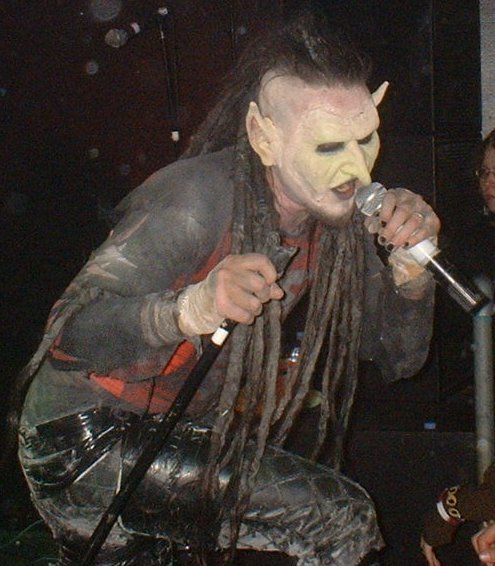Cyberpunk Essentials: Entering the Dungeon
/Hello brave and honorable readers. Today I’d like to talk about a genre of music that’s been lighting my brain on fire for about a year: Dungeon Synth.
It’s the music of the 70s fantasy epic of your creation. It is to crumbling hillside crypts as Music for Airports is to airports. It’s what you want to hear descending into the basement where you’re playing DND. Grimy-ass 20 sided die music.
It fucking rules. Dungeon Synth is maybe the only genre of music right now that has me totally stoked to listen to it at any point of the day. No matter the mood or the activity, it fits into the groove. One moment I’m cooking dinner, the next moment I’m reading icy runes on a cavern wall. I hear Pitchfork gave a 10 to the new Fiona Apple - I have a feeling that she doesn’t have any songs about the return of the Spring God or the mummified hand of the blood wizard. Maybe I’ll give it a spin after I’m done pillaging the onyx tomb of the dying shire. Maybe.
It feels like music I’ve needed my whole life, and I promise that’s not hyperbole. It’s a beautiful synthesis of my great Low Art loves: 70s sword and sorcery mashed up with the analogue synthesizer of the same era. On top of that, it’s punched together with the DIY quality reminiscent of the best punk stuff: you’re rewarded for engaging with the artists’ bizarro vision and are left wanting to make Dungeon Synth of your own.
So I’m completely in love with dungeon synth, and it feels like a love I’ve been looking for my whole life. The thing is, I don’t actually know a ton about the history. Dungeon synth a has a surprisingly massive catalogue, and has been around since the mid nineties- much longer than I anticipated. I need to know more. So I’m diving in.
All accounts of dungeon synth point to one major artist as the bridge between the second wave of black metal and dark ambient proper. His name is Mortiis and he dresses like a goblin.
my friend mortiis
Mortiis’ nongoblin name is Håvard Ellefsen. He’s got deep Norwegian black metal credentials from his time band Emperor. From 1993 - 1999 he released 7 dark ambient releases widely considered to be the birth of Dungeon Synth. After that he moved to more pop and industrial styles of music, so I’m sticking to the early stuff.
Something Mortiis does I really dig from these recordings is that is that he’ll hang on a really simple, central synth riff through the entirety of an album. Even as the songs fade in and out from track to track, he barely deviates from the riff, only adding ambient layers: sometimes chanting or wind swooshing, sometimes he tinkling of woodwind or harp. Always in service of enhancing the central riff, avoiding hooks, laying into the groove.
The space it evokes is killer: it like one could fall through the notes at any moment, giving out ta weird silence. The main synth binding this scarcity plays an unrefined, but warm melody. In the rare moments the when drums kick in they feel off by a quarter beat, but blast out echoing and uncanny: like an alien approximation of an amateur drummer.
There are mostly no vocals, aside from occasional chanting or mumbled poetry - so the landscape of the sound exists within the mind of the listener. It’s an invitation for imagination. If the music thrills you, it’s great stuff to play in the background as your mind wanders. The strangeness of the analogue synths combined with the simplicity of the arrangements.
I recommend any of these recording: Født til å Herske, Crypt of the Wizard, The Song of a Long Forgotten Ghost - it’s like pizza, it’s all good. I also recommend the instagram account “mortiismemes.” I’m guessing you woke up this morning not know that you need Mortiis in your life, but I’m telling you: you do.
mortiis flying
I’m going to keep down this path, and I promise to update you of any killer Dungeon Synth discoveries in my descent into the realms of pure ork music. Until then!



